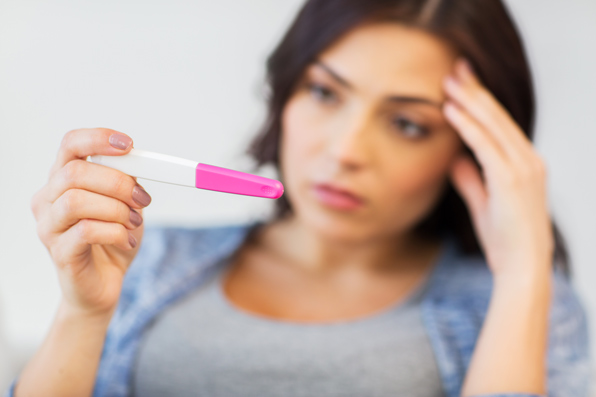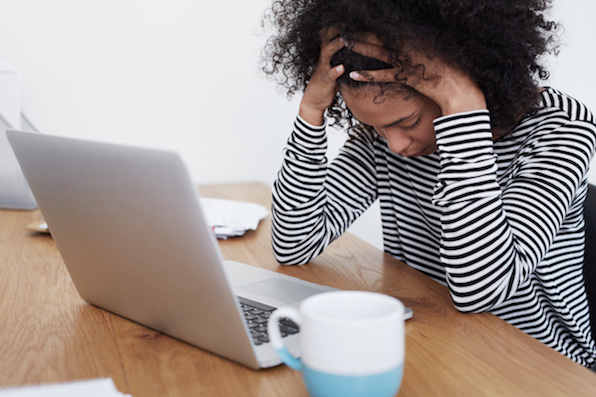Are you experiencing either dull or sharp lower abdominal pain? Lower abdominal pain in women, also known as pelvic pain, is often linked to the reproductive system and can be a sign of a debilitating condition. Pelvic pain (below the belly button) is quite common in women and ranges in severity – some may experience sudden, intense pain, others may have chronic pain (which lasts for months). There are numerous causes of this, and it can be linked to many different conditions, some of which we look at below.
The cause of lower abdominal pain may not always be able to be identified, but broadly speaking the pain falls into one of two categories: Acute and chronic. If you are experiencing either of these you should see your gynaecologist as soon as possible for accurate diagnosis and treatment. They will need to know your medical history, where the pain is, how intense it it, if the pain radiates anywhere else, other symptoms and conditions, when the pain happens and how long it lasts for in order to give an accurate diagnosis.
Diagnosing Lower Abdominal Pain In Women
Dr Alex Eskander, Consultant Gynaecologist at The Gynae Centre, says: “Most abdominal pain can be diagnosed by using simple assessments and imaging techniques to eliminate certain diseases and conditions, but it may be necessary to carry out transvaginal ultrasound or laparoscopy for investigations. This minor keyhole surgery is performed through three small incisions in the bikini line and below the belly button. It’s usually a day surgery and so patients can go home the same day and recovery time is very short. Many people return to normal after a week.”
Causes Of Acute And Chronic Pelvic Pain
Acute pelvic pain comes on suddenly and intensely for the first time and should be investigated as soon as possible, whereas chronic pelvic pain is that which persists for at least six months. It can be either constant or intermittent.
“One of the most frequent reasons for sudden lower abdominal pain in my patients tends to be Pelvic Inflammatory Disease (PID), which affects women mostly between the ages of 15 – 24, and is usually brought on by chlamydia or gonorrhea.” explains Dr Eskander.
Even if you do not think you are pregnant and have not missed a period, if you experience acute abdominal pain this could signify an ectopic pregnancy; a home pregnancy test should be able to exclude this with 99% accuracy. However, if the pain is persistent or gets worse you should seek medical advice.
A bacterial infection, PID can spread up into the womb, fallopian tubes and ovaries. PID can bring on intense pain but can be treated with a simple course of antibiotics, though occasionally intravenous antibiotics may be required. Dr Eskander comments: “If left untreated, PID can lead to infertility, ectopic pregnancy and chronic pain. The most effective way to reduce your risk of PID is practise safe sex, and ensure you and your partner are tested for STIs.”
Ovarian cysts are also a common cause of pelvic pain. Ovarian cysts are sacs that develop on the ovary and are filled with fluid. Although they can go away on their own, if they rupture, or are large, they can cause severe pain and also bleeding, and they can potentially be cancerous. Although symptoms of ovarian cysts very between individuals, women frequently report pain during sex, frequent urination and heavy, irregular periods. Ovarian cysts can be identified with transvaginal ultrasound scan. Treatment varies depending on the size and nature of the cyst, but for large ones laparoscopy is usually required.
Another condition which causes pelvic pain, and affects 10% of women, is endometriosis. This is a chronic and life-altering illness where the tissue from the womb is found in other places in the body. The tissue behaves in the same way as the lining of the uterus, shedding each month but without a way to leave the body. Women with endometriosis usually experience significant pain during and outside of menstruation. Unfortunately, the cause of endometriosis is unknown and it is often difficult to diagnose, meaning the average time it takes to get a diagnosis is 7 years. Treatment for endometriosis is often multidisciplinary, combining painkillers, contraceptives, hormone medications and laparoscopy to remove the tissue that has grown outside the uterus, though this can regrow. One of the main complications of endometriosis is infertility. You can read more about the difference between period pain and endometriosis.
Pelvic Pain When Pregnant
For women that are pregnant, unfortunately, sudden pain often signifies a miscarriage (1 in 4 pregnancies), or ectopic pregnancy which happens to 1 in 100 women.
Whether you are pregnant or not, if you have chronic or sudden acute pelvic pain you should see your GP or gynaecologist as soon as possible. Delayed diagnosis can cause unnecessary suffering.
Here at The Gynae Centre we make it as easy as possible to patients to book using our online booking system or over the phone. Have any questions? Simply call our friendly admin team on 020 7580 8090 and they will be happy to help.






